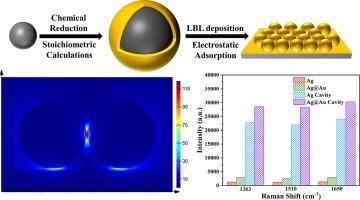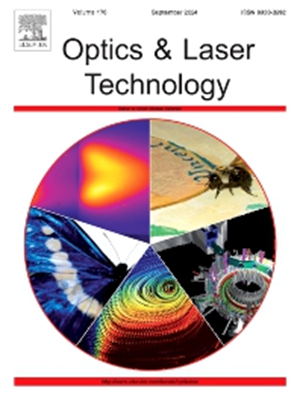Self-assembled bimetallic plasmonic nanocavity substrate for supersensitive SERS
Abstract
Surface-enhanced Raman scattering (SERS) using noble metal complexes in nanomaterials has been extensively explored in many fields. Here, a novel bimetallic nanocavity SERS substrate of closely spaced Ag@Au core–shell nanoparticles combined with smooth gold films called metal particle-on-film nanocavity were prepared by physical deposition and chemical self-assemble.The limit of detection for rhodamine 6G (R6G) on the SERS substrate has been extended to an impressively low concentration of 10−10 M, with commendable sensitivity and uniformity, corresponding to an analytical enhancement factor of 2 × 107. In addition, the bimetallic nanocavity SERS substrates combine the beneficial plasmon properties of Au and Ag. The Raman intensity of R6G on this bimetallic nanocavity substrate is more than 20 times that of only Ag nanoparticles. Our results of finite-different time-domain (FDTD) simulation and experiment show that such a nanocavity substrate supports strong plasmonic resonance which results in excellent SERS activity, high spatial homogeneity and chemical stability. This work provides an effective SERS substrate for imaging and detection in the chemical and biological fields.


 求助内容:
求助内容: 应助结果提醒方式:
应助结果提醒方式:


